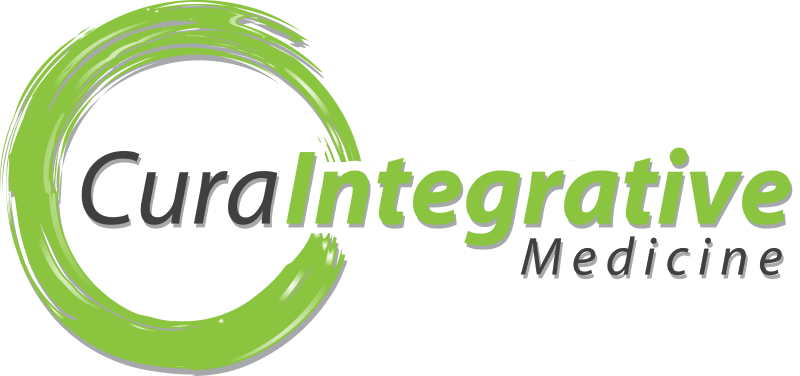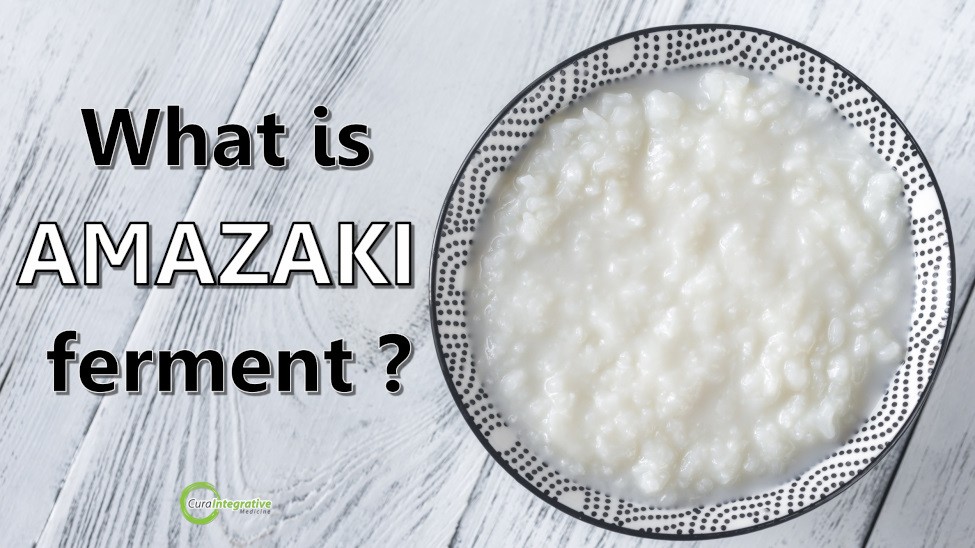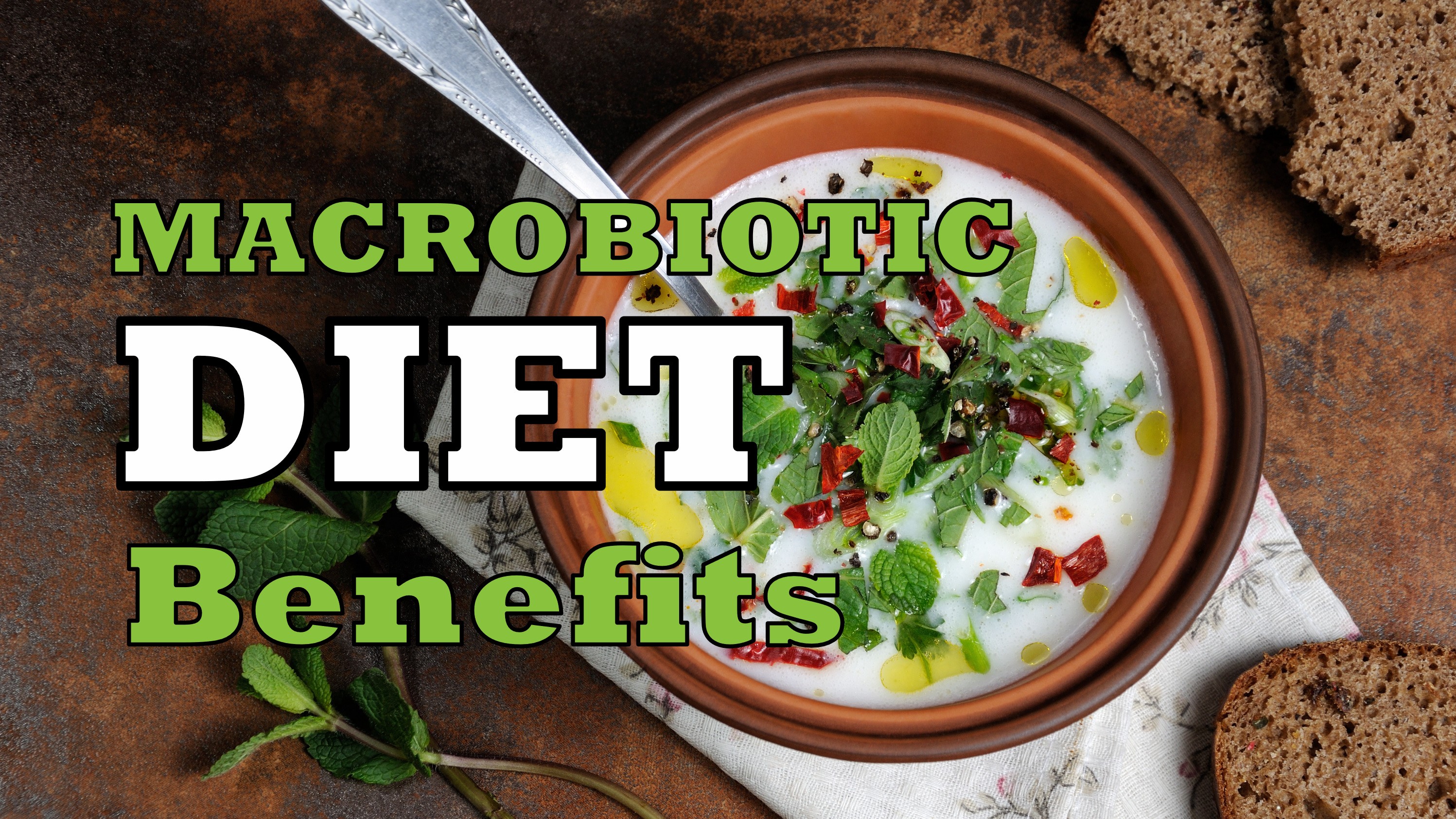Koji is a less known superfood found in a variety of macrobiotic foods. Containing Aspergillus oryzae, koji is used to make foods such as miso, amazaki and tamari. Read More…

Resolving Inflammation to Overcome Chronic Disease
Posted 18 Sep '19
Chronic disease cases have been on a rise recently. In fact, half of the Australian population is diagnosed with one. In other countries, it has reached epidemic levels. Chronic inflammatory diseases can occur throughout the body, affecting most of its systems. Asthma, allergies, obesity, high blood pressure, type 2 diabetes, arthritis, multiple sclerosis, cancer, Alzheimer’s disease, Parkinson’s disease, ulcerative colitis and coeliac disease are just some of the most common types. There is one thing common in all of these diseases, and it’s called inflammation. If the inflammation is tackled, symptoms or risks of these conditions occurring will be greatly reduced.
What is Inflammation?
Inflammation is a natural protection mechanism and it is a healthy response to an injury or threat. When injured and there has been some tissue damage, the body will stimulate inflammatory response within the area that is affected in order to address the issue. Once inflamed, the site will swell, immobilising the area to prevent further damage; pain, to tell the brain to protect the site and tell the body to stop and take a rest; and, redness, which means that blood flow around the site has been increased to help with the healing.
If it happens for a short period or in small amounts, inflammation is good for the body. However, when it will not go away, the swelling, pain, and redness will end up causing a chronic inflammatory disease.
The Inflammation Switch
Inflammation can be turned on or off by the body naturally. It has its own messenger cells that does this particular job and they rush right to the inflammation source and resolve the issue. Unfortunately the shift moves into a chronic state over time and the switch remains on and magnified. Sadly, when there is chronic inflammation leaving the inflammation switch on at all times, leading to chronic pain and other symptoms.Natural substances such as Omega-3 essential fatty acids, mainly EPA and DHA — eicosapentaenoic acid and docosahexaenoic acid respectively, help shift back the switch with time.
Natural Anti-inflammatories and Fish Oil Teamwork
When using natural therapies for chronic pain conditions, it is important to remember that it is not a quick fix. Although EPA is an anti-inflammatory as well as other herbs like Tumeric, they are modulating inflammatory pathways while also working on organs like the liver. They do much more than only switch off inflammation. For this reason, patients usually see changes happen in other areas of their health, such as improvements in sleep or increased energy.
Combining fish oil with herbs and nutrition works the best. Simply relying on just one natural medicine will give patients limited results. With decades of deficiencies, toxicity and dietary deficiencies, recovery is a step-by-step return to wellness.
A Lifestyle That’s Anti-inflammatory
These tips may help reduce inflammation and improve your health:
- Stick to an anti-inflammatory diet. The foods that we eat reduces the overall inflammatory load. Foods that reduce or prevents inflammation include oily fish, olive oil, avocado, walnuts, ginger, turmeric, dark leafy greens, blueberries, purple grapes, broccoli, cauliflower, beetroot, carrot, and cinnamon.
- Practice gentle movement. Body movement helps increase emotional resilience, improves range of motion, as well as pain management. Try low impact activities such as yoga, walking, cycling, swimming, water aerobics and tai-chi.
- Drink more water and Stay hydrated. Muscles and joints shrivel up when the body is dehydrated. Keep your body “well-oiled” by staying hydrated in order to keep muscles “juicy” and fluid, and joint pains eased. Recommended amount is 30mL of water per kilogram of body weight, daily.
- Ensure adequate Sleep. The body does most of its repairing when we sleep. Make sure that you are getting enough rest so that it has enough time to heal the inflamed parts.
Talk to your naturopath if you are having a hard time getting rid of inflammation or if you have been diagnosed with a chronic inflammation and pain and swelling keeps recurring.





